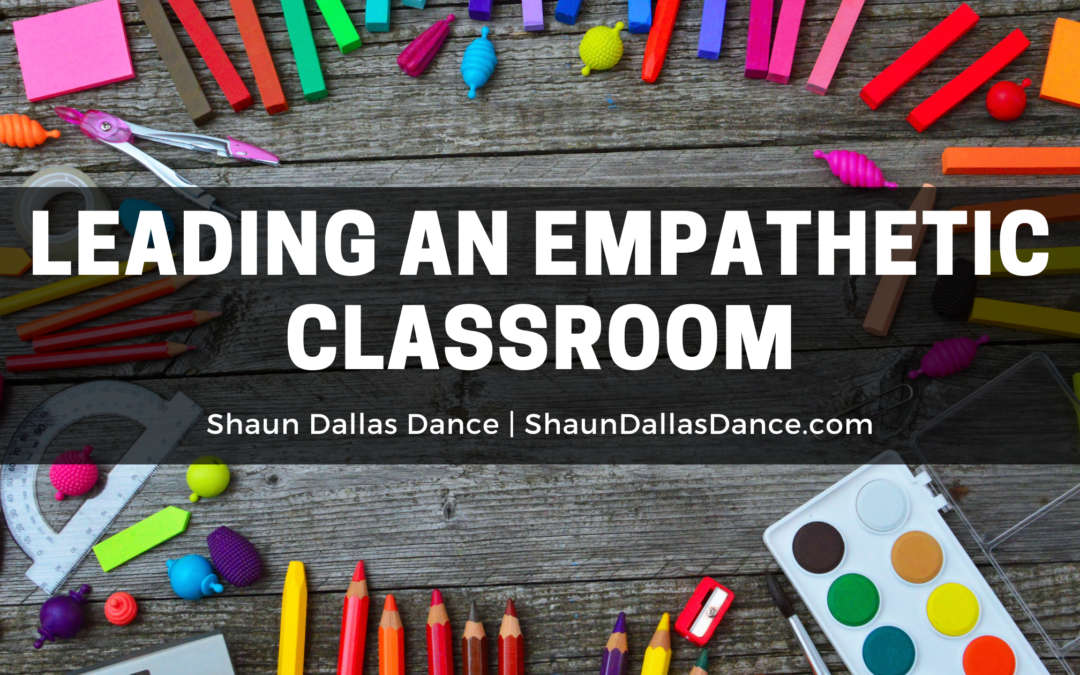
Classrooms have turned into an environment where the focus is on memorization and test-taking. The core curriculum has created a nationwide cookie-cutter style of teaching that leaves very little room for creative expression. Schools in America have addressed the problem of bullying as more of an afterthought, instead of putting the idea of empathy and compassion at the forefront of teaching. Not only does this help students learn better, but it also helps mold them into better members of society as they grow up.
Many theories suggest that if our education system created an environment where we not only taught academics but also educated our students about the differences and perspectives of those around them, this would have a profound effect. If every level of interaction with teachers and staff had a focus on empathy, there would inherently be fewer instances of bullying. A child who sees empathy displayed all around them will begin to mimic that behavior. This is reciprocated in a mutual display of respect when students see adults leading by example.
With empathy also comes empowerment. The base of our self-esteem is built on the idea of being trusted and feeling worthy and validated. Empathy is a perfect way to show that others have value, just like we do, and that we are all members of a community. This connection is another way that steers the conversation away from the bullying mentality of hierarchies. By tolerating and accepting others, it also leads to overall better mental health for everyone. There is a whole layer of social stress that is peeled away when everyone is more accepting of others.
One methodology that really embraces the idea of treating children with empathy is the Montessori technique of education. Students are self-guided throughout the day, with stations they can do in the order they choose. Hand-on activity stimulates their natural curiosity and love of learning, while all children are treated to have a collaborative experience. Often, multi-level age students learn together so that the older ones can mentor the younger ones. This method of teaching empowers both participants and encourages empathy by working through struggles and age-appropriate activities to guide the process.
This article was originally published at https://shaundallasdance.com/

